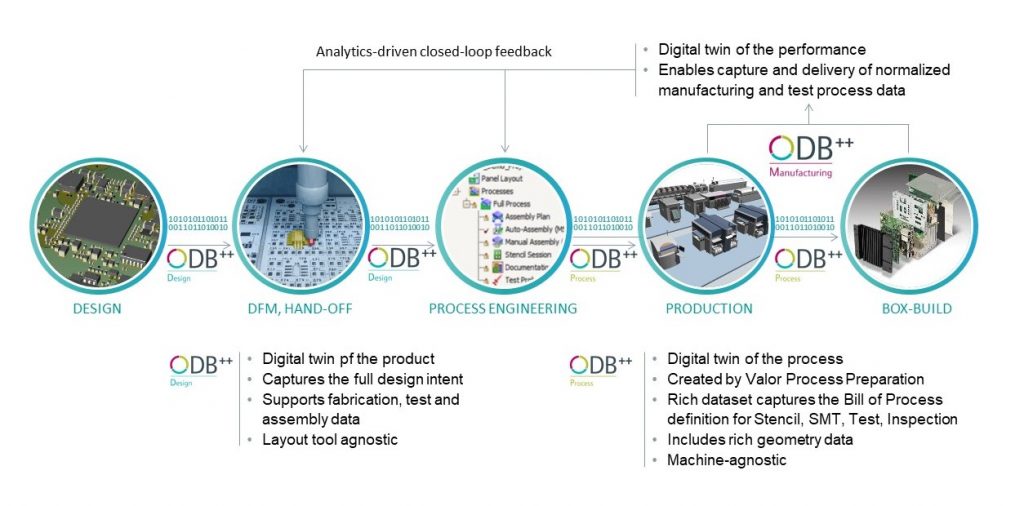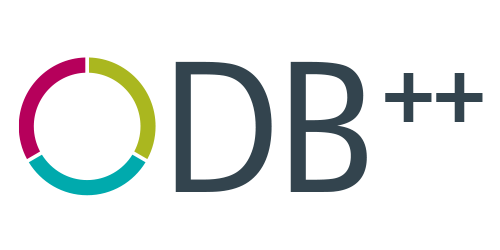So the news is out, the Open Manufacturing Language (OML) is changing name! Yes it is true. The new name for the Open Manufacturing Language (OML) is now officially “ODB++Manufacturing” or “ODB++M” for short. Like an old friend, many of us have become accustomed to the OML name over the last few years. For the more technical people amongst us, you will want to hear if everything will work like before? At this stage I can assure you there are no special technical changes, and all your OML based integration will continue to work as before, and specifications will appear as familiar as ever.
For some of you, you want to hear what this ODB++ thing is about? ODB++ is an industry-leading design open data exchange format, and already part of Siemens. Product design data needs to be efficiently and accurately transferred to manufacturers. This is the area where the hugely successful ODB++ format emerged from, allowing an efficient and standard way to transfer design data in a digital format. Many of us work directly in support of the manufacturing shop floor, our roles often focus on producing the products, planning the production, preparing production, running the production. However, manufacturing does not start at the shop floor. The physical manufacturing of a product is part of the journey, and the manufacturing story starts with the product design.

When Siemen’s started to think more about ODB++ and OML, it was clear that although they address different areas in the digital data flow, there also have lot in common. They are both solving data exchange problems, both are agnostic to vendors and providers. They both save time, improve efficiencies, reduce errors and prevent mistakes. Most importantly, both are part of the same digital information flow from design to manufacturing. We needed to look at it from a different perspective. We visualize the design stage to the “left” of the flow, and then moving right, we go through design for manufacturing, into the process preparation stage, and then into the hive of activity we all know as the manufacturing shop floor.
It is truly exciting that Siemens can now offer one family of open formats for the entire flow within electronics manufacturing. As we move officially to ODB++Manufacturing, I am really excited to welcome more than a new name, but to be also joining the ODB++ family. It is early days, and like any new family, we will be getting to know each other better in the coming months and years ahead.

